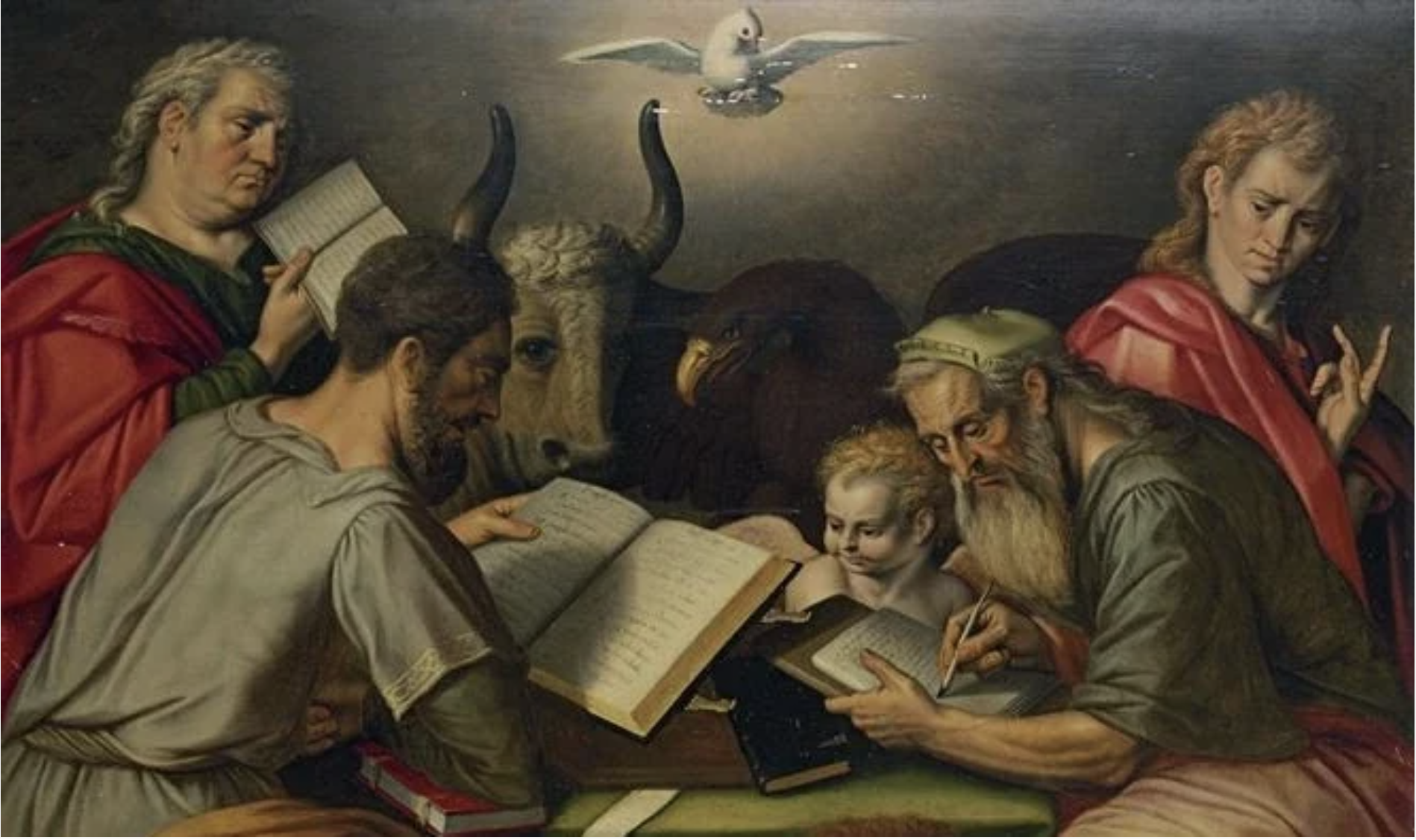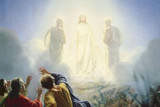When Were the Gospels Written?
This article first appeared at: stpaulcentre.com
Modern scholarship tends to date Mark’s Gospel around A.D. 70-75, Matthew around 75, Luke around 80-90, and John around 90-100. In part, these dates rest on the assumption that Mark’s Gospel was written first—a view known as Marcan priority. Marcan priority is based on a number of considerations, including Mark’s being the shortest of the four Gospels, and the fact that its Greek prose is a lot worse than Matthew’s.
If Mark were writing after Matthew, so the argument goes, then why on earth would Mark (a) cut out plenty of important material, and (b) repeat Matthew’s stories but without preserving Matthew’s superior Greek? For these reasons and others, scholars often argue that Mark offered the world the first “rough and ready” Gospel, which was then used later on by Matthew and Luke as one of the sources for their own more polished accounts.
All of this has consequences for the question of dating, because most modern scholars assume that Mark wrote around or slightly after A.D. 70, i.e., the year the Romans destroyed the Jerusalem Temple (see Mk 13). If Mark is writing just after the events of 70, then we can assume that it took a few years for his Gospel to circulate the empire. Eventually it ended up in the hands of Matthew, who sat down to write his own narrative using Mark as a source. Luke came a few years after that, and John is dated later still.
Not all scholars agree with these assessments. In the past especially, it was generally assumed that Matthew’s Gospel was written first; hence the traditional ordering of Matthew, Mark, Luke, and John was deemed not just canonical but also chronological. Furthermore, a number of the Church Fathers, such as Augustine and Origen, attest to Matthean priority, and there remain various counter-arguments to the contemporary assumption that Mark must have been written first.
For example, Mark may have abridged Matthew’s Gospel on account of the needs and wants of the particular audience for which he was writing. And it could be that Mark’s Greek is inferior due to basing his Gospel on a prior Hebrew version of Matthew’s Gospel, rather than the final Greek edition of Matthew which we possess today. Finally, the fact that Mark includes many little but important details (e.g. describing the story of the sower as the most important of all the parables; see Mk 4:13) which are unique to him is suggestive that he might be writing after Matthew, since it is unlikely that Matthew would have chosen to leave those details out.

A recent book by the New Testament scholar Jonathan Bernier summarizes some of the latest evidence in support of an earlier dating of all four Gospels. Although Bernier doesn’t contest Marcan priority, he does offer a robust case for placing the Gospels before the critical date of A.D. 70. For Bernier, Matthew was likely written around the years 45-59, Mark around 42-45, Luke around 59, and John around 60-70.
Arguments for these earlier dates are multiple, but they include the fact that none of the Gospels speak of the destruction of the Jerusalem Temple as a past event, therefore suggesting a pre-70 date of composition. Another argument is based on the fact that Luke’s Gospel was written before the Acts of the Apostles, which appears to have been penned during the lifetime of apostle Paul. Given the scholarly consensus that Luke’s Gospel was the third of the three synoptics, it then follows that not only Acts but also Luke, Mark, and Matthew must have all been composed prior to Paul’s death in A.D. 64/65.
At the end of the day, Catholic readers of the Bible should be confident in the knowledge that the exact dating of the Gospels does not define our faith. We can therefore be comfortable with an objective assessment of the evidence, while perhaps maintaining a critical eye towards the more secularizing, not-so-objective strands of modern biblical scholarship.
The Narrow Gate Blog
Fr Ben meets Pope Leo
Originally published by catholicweekly.com.au Fr Ben Saliba, master of ceremonies for Archbisho...
Catholic social media runs red-hot for “new” Shroud of Turin research
Originally published by Catholicweekly.com.auThe Catholic world has finally caught up with The Catho...
A Drop in the Ocean
written by Cath GaleAfter caring for my Dad full time for 14 months, while he lived with a brain tum...
The miraculous making of MacKillop docu-film
Originally published by The Catholic Weekly When pre-production began on a docu-fict...
The Assumption of Mary in History
This article first appeared at: catholic.com. The doctrine of the Assumption of Mary began with...
What is the Transfiguration?
Originally published by www.EWTN.com The Transfiguration of Jesus is one of the key events in Jesus’...






